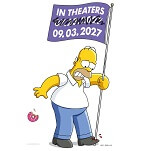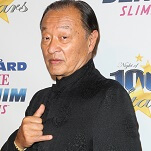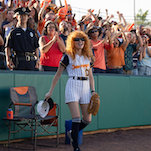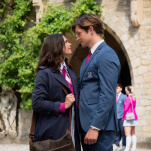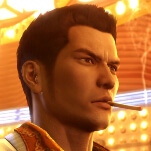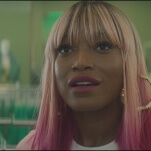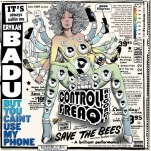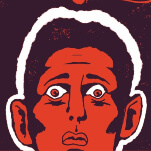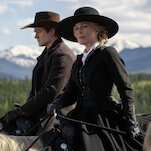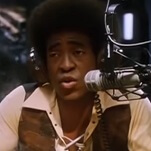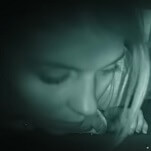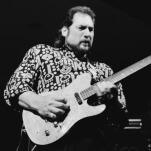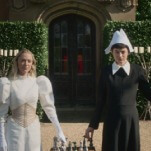For a few decades in the middle of the 20th century, Memphis soundtracked the world. Blues, rock ’n’ roll, and soul poured out of studios like Sun, Stax, Royal, and Ardent. But after a while, the soundtrack dropped to a whisper, leaving a city troubled not just by the absence of Elvis Presley, the famous native son who died in 1977, but by the fading of the vibrant moment that made his success possible and brought together black and white musicians—and audiences—in the service of music. Jim Jarmusch shot Mystery Train in Memphis in the late 1980s at, as one interview subject puts it on the new Criterion edition of the film, “the low point of Memphis’ self-esteem.” He captures a city that’s half asleep as it crumbles brick by brick, but that’s nonetheless slow to give up its secrets to outsiders.
Or maybe they just don’t know where to look. A couple of rock ’n’ roll-obsessed Japanese teenagers (Masatoshi Nagase and Youki Kudoh) argue over whether to go to Sun Records or Graceland in Mystery Train’s opening sequence, the first of three interlocked stories. They don’t notice that it’s no less than Memphis music legend Rufus Thomas greeting them at the train station and asking for matches. Nagase’s character dresses as a Japanese approximation of a cool rock ’n’ roll cat, but as the visit goes on, he looks less and less like he belongs in the city that inspired him. In the second sequence, Nicoletta Braschi plays an accidental tourist stuck in Memphis while escorting her husband’s body back to Rome. She hears a nonsensical story about Elvis’ ghost, then has an encounter that makes her doubt her own skepticism. Both Nagase and Braschi are startled by an early-morning gunshot fired by Joe Strummer, a sideburned Englishman who doesn’t understand why his black friends call him Elvis. As the film continues, he makes some drunken choices that turn a bad day into a tragic one.
Working with German cinematographer Robby Müller (a veteran of Wim Wenders movies), Jarmusch shoots Mystery Train with a cool reserve and an outsider’s eye for overlooked detail, going to places where tourists in town for Sun and Graceland would never go, bad neighborhoods with openly racist liquor-store clerks, the soon-to-be-destroyed remains of Stax, and spots underneath the rail lines where nobody strays. It’s a film of odd moments, dry humor, and restless characters, each of whom end the film by departing from Memphis, weighed down by what they’ve taken away from it, even if they can’t exactly define what that is.
Key features: A long Q&A session with Jarmusch—who hates audio commentaries. (Asked what inspires him, he recites a seemingly endless list of names.) Also included: a short visit to the film’s locations as they now appear.






